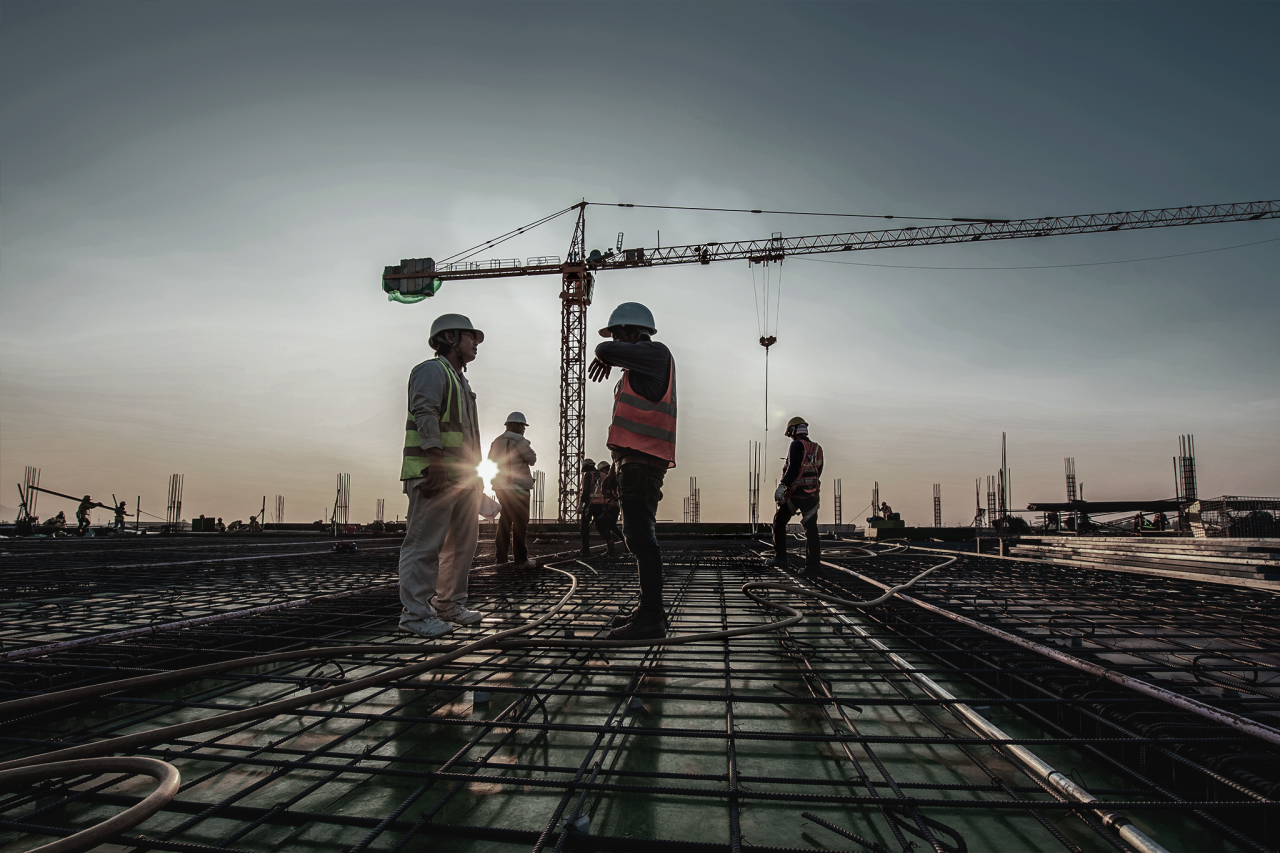The construction industry is a big consumer of raw materials, accounting for over 30% of the extraction of natural materials. It’s also responsible for 40% of carbon emissions and over 30% of energy consumption. Implementing sustainable construction practices is crucial in order to reduce the industry’s significant environmental impact, including the excessive extraction of natural materials, high carbon emissions, and energy consumption.
With the growing concerns over climate change, there’s increasing pressure on construction firms to adopt sustainable and eco-friendly methods. While there’s no ‘one size fits all’ solution to this, there are several steps that firms can take to ensure sustainable construction.
For example, you can adopt green building and technology solutions to ensure optimal energy performance and site efficiency. More importantly, sustainability should be ingrained into your business model and policy to minimise your overall environmental impact.
Free eBook: Quick guide to Lean practices for construction professionals
What is sustainable construction?
Sustainable construction is an approach to building and construction that emphasises reduced waste production, energy consumption, and material use. It also involves building with renewable and recyclable resources to reduce dependency on natural resources.
The goal of sustainable construction is to offer environmentally friendly and greener buildings while eliminating negative impacts on the environment. This is an approach that project managers and firms must adopt to build their reputation and adhere to modern standards.
Why is sustainable construction important?
Generally, human activity has a significant impact on the environment and climate. The World Health Organization (WHO) states that up to 24% of global deaths are linked to unhealthy environments. This is just to show the sheer impact of human activity on the environment.
Consequently, it’s vital to note that everyone has a role in protecting the environment to ensure sustainable use. All industries, including the construction sector, must push for sustainable development to support greening efforts and slow environmental degradation.
More to read: Are 3D-printed buildings the future of sustainable construction?
1. Reduces dependence on natural resources
With sustainability in construction, it’s possible to reduce reliance on fossil fuels and natural resources such as water and wood. This, in turn, leads to less carbon emissions and increased return on investment (ROI) for contractors.
For example, green buildings have water harvesting systems, solar or wind power installations, and water recycling systems to reduce reliance on conventional sources. Plus, they’re built with recycled materials to ensure energy and material efficiency.
Such technologies and installations reduce the operating costs of green buildings and can deliver significant savings on energy consumption. In fact, sustainable technologies in construction can result in €410 billion a year in savings on global energy spending.
2. Sustainable construction minimises waste production
Sustainable construction reduces waste, which is a big problem in the construction industry, given it has a rework rate of 30%. The industry is also responsible for over a third of the world’s waste, impending recycling and increasing the volume of hazardous materials such as asbestos.
Adopting alternative development and building methods, such as renewable sources and recycled materials, reduces waste production on construction sites. Project managers can reuse products like burnt coal, sand, and demolition debris to avoid wastage and cut project costs.
Sustainability also encourages the use of modern methods of construction (MMC) to reduce waste on project sites. For example, off-site construction techniques like factory assembly and mass production effectively manage material control and ensure optimal recycling.
You might also like: 6 ways to reduce waste on site
3. Reduces pollution
The industry is responsible for at least 40% of the world’s carbon dioxide emissions. Most activities involve using pollutants and toxic chemicals, which end up in water tables if not managed well. Other materials like diesel, cement, glue, paints and oil pollute the air.
Recycling encourages the reuse of materials, preventing the combustion of waste materials. Doing so reduces the amount of poisonous gases the industry releases into the air. Adopting hybrid technology also reduces dependency on diesel engines for site excavators.
Other sustainable approaches that help to reduce pollution include 3D printing, Leadership in Energy and Environmental Design (LEED), prefab and modular building, and alternative building materials.
 Construction sustainability and technology
Construction sustainability and technology
As construction firms push towards sustainability, adopting technology can help to innovate operations and streamline processes. Technology allows you to collect data on emissions, material usage, and other environmental factors.
For example, telematics can track your equipment’s fuel consumption, allowing you to track fuel usage in real time. It also offers other key insights like performance, idle time, and location to ensure effective equipment utilisation.
Effective coordination is also crucial in reducing material wastage and delivering lean buildings. LetsBuild’s LB Coordination tool can help with this. It allows you to minimise errors, eliminate repetitive work in multi-storey builds, measure performance and sync project teams.
The tool supports location-based planning, enabling you to start your crew anywhere they can for seamless transitions between phases. You can monitor everything on the go to identify gaps and streamline parallel operations to ensure zero waste and reduce build time by up to 20%.
Further reading: What is lean construction?
Drive sustainability with lean construction
The future of construction is green, and the industry should embrace sustainability to drive value and protect the environment. One way to do that is by leveraging lean construction methods, which lead to reduced physical waste, greater cost control, and enhanced safety.
Instead of burning or dumping construction waste, lean construction aims to find alternative uses for the materials on the site to prevent waste and save money. In this case, leveraging technology will offer insights into your processes and project site to reduce material usage.
At LetsBuild, we deliver cutting-edge digital solutions to help you build safer, faster and smarter. Our LB Coordination tool allows you to coordinate trades and sync teams to deliver leaner multi-storey projects while managing everything on a single platform.
Contact us today and discover how our solutions can help you drive construction sustainability.




